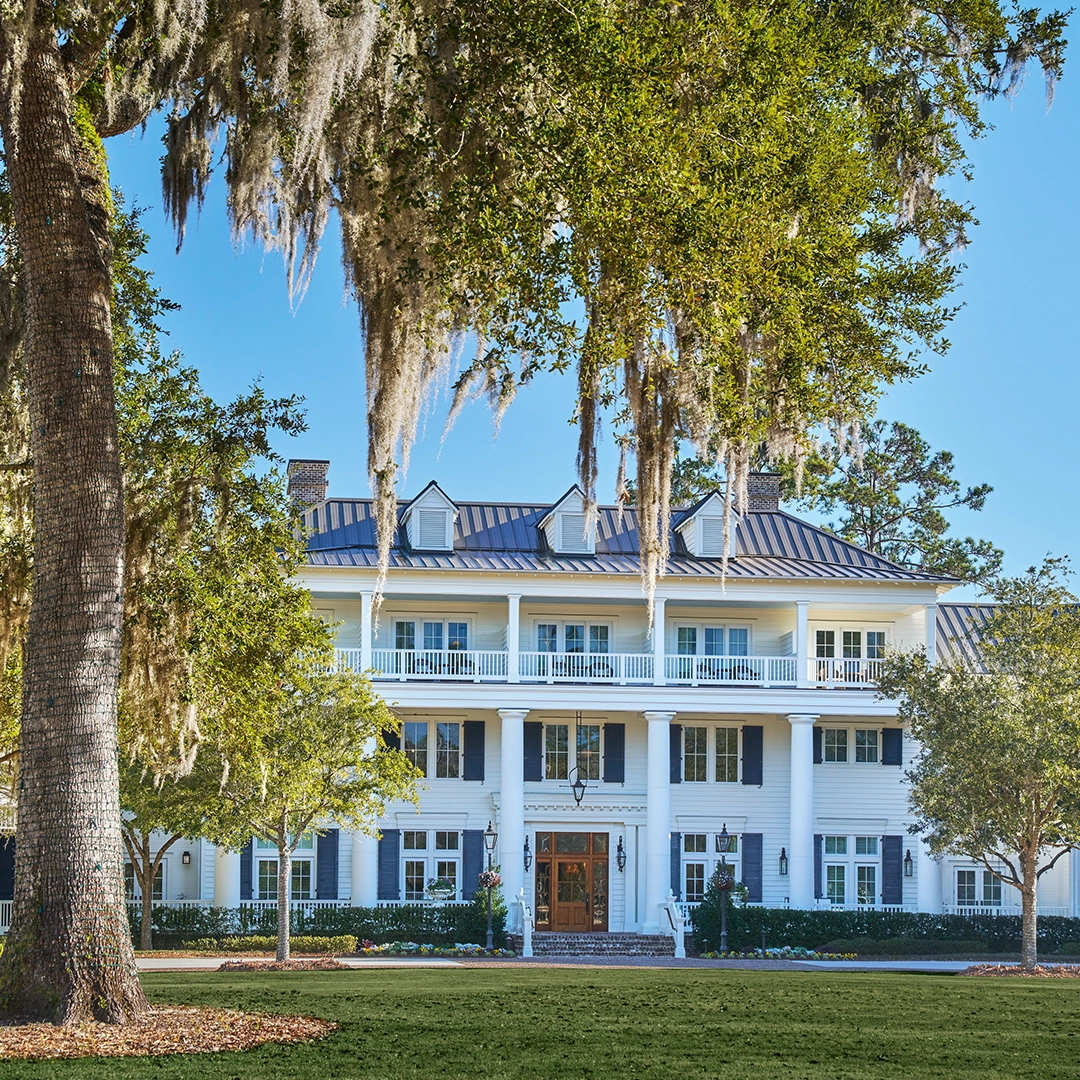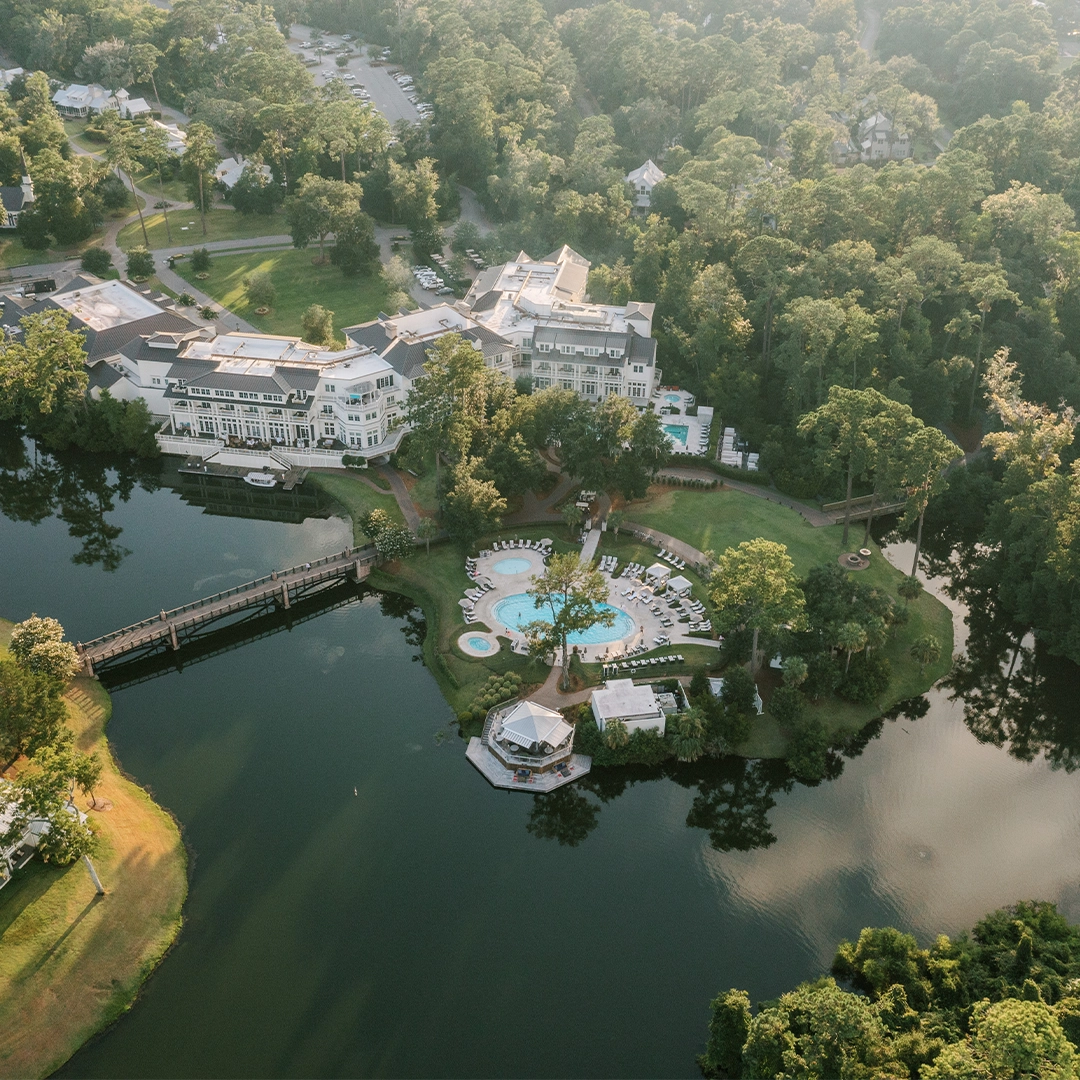by Alyssa Morlacci | February 14, 2022
Experience and Help Protect Florida’s Wild Heart in Palm Coast and the Flagler Beaches
As nature generously provides, it’s in our best interest to give back; explore an unspoiled ecosystem while supporting local environmental causes on Florida’s northeastern coast.

We’ve all read the headlines: wildfires threatening the Pacific Coast, glaciers thawing in Antarctica, and of course sea levels rising at record rates in the Sunshine State. The health of our environment has become a pressing concern, although it can easily get pushed from our consciousness on a day-to-day basis as we check off our to-do lists.
But, when we step back from the minutiae of our regular routines to make time for travel and adventure, we have an opportunity to become more in-tune with Mother Nature, which can inspire us to not just patronize a destination but to have a positive impact during our stay. Palm Coast and the Flagler Beaches, situated along Florida’s northeast coastline, provides the perfect unspoiled ecosystem in which to experience Florida’s wild heart, while also learning how to protect it.
Leave every space cleaner and more beautiful than you found it.
— Terran McGinnis
Terran McGinnis, facility historian and manager of community development at Marineland Dolphin Adventure, defines ecotourism as “the conscious act of choosing your vacation destinations based on the conservation projects, work, volunteer experiences and learning opportunities that you can do while you’re there.”
For all these reasons and more, Palm Coast and the Flagler Beaches is the ideal place to bask in nature’s beauty while also supporting the local ecosystem. From nesting beaches for endangered sea turtles to calving grounds for the North Atlantic right whales, Palm Coast and the Flagler Beaches have everything that’s needed for a true ecotourism experience.
Spot a North Atlantic Right Whale

If you thought you’d have to board a cruise to Alaska or fly all the way to Hawaii to witness a whale breaching, think again. From December to March, North Atlantic right whales make their annual migration past Palm Coast and the Flagler Beaches. Bystanders on the Flagler Beach fishing pier can spot the giant mammals for their rounded heads, white spots or V-shaped blowhole that spew a mist of water. Beneath the ocean’s surface, the whales can grow to as much as 140,000 pounds and up to 52 feet in length.
According to NOAA Fisheries, the North Atlantic right whales are the world’s most endangered large whale species (with only about 350 remaining). The best way to help the near-extinct whales is by staying 1,500 feet away if you’re on the water, and by calling the U.S. Coast Guard to report a whale sighting.
Swim with Bottlenose Dolphins

To do more than observe nature’s miracles from afar, slip on a wetsuit and get ready to swim with the bottlenose dolphins at Marineland Dolphin Adventure and learn about these intelligent and lovable creatures. The 80-plus-year-old oceanarium abounds with animal encounters, but there’s far more to see beyond the 1.3 million-gallon dolphin habitats. “Marineland is best enjoyed on a beautiful day when you can also take some time to visit our beautiful beach and explore our River to Sea Preserve, all of which are walking distance from Marineland Dolphin Adventure,” McGinnis says.
Tour a Sea Turtle Hospital

Situated on a narrow sliver of land with the ocean at its front door and the estuary out the back, the Whitney Laboratory for Marine Bioscience’s Sea Turtle Hospital cares for patients—like Pesto, a juvenile green sea turtle who was rescued with a fishing line wrapped tightly around one flipper—before releasing them back into the ocean.
To see how the animals are cared for, you can sign up for a behind-the-scenes tour of the hospital. You can also sponsor a turtle by making a donation during your visit, which Cat Eastman, sea turtle program manager at the Whitney Lab, says helps cover daily care and weekly veterinary exams.
Ride Horseback on the Beach
What could be more memorable than a horseback ride on the beach with a special someone or even the whole family? Few Florida beaches allow horses on the sand, but in Flagler County, you can saddle up with Equestrian Adventures of Florida. Tour the coastline or state park trails at a trotting pace during a guided tour atop one of their 19 horses.
Kayak Through Estuaries

Chris Kelley, owner of Ripple Effect Ecotours, has been guiding kayak tours since the late 1990s. To traverse through the estuary, his guests paddle off the shore in expedition sea kayaks. “The kayaks we use are essentially the same kayaks you’d be using if you did a 10-day paddle expedition-style up in Alaska,” Kelley says.
During the two-plus-hour morning or evening excursions, he points out species of fish, invertebrate and migratory birds. “We see over a third of the nation’s birds fly right down the Atlantic Flyway here,” he says. “In our spring and fall migrations, we can see 50 different species in the day.”
Whether your favorite animal swims, trots or flies, Palm Coast and the Flagler Beaches’ diverse ecosystem has something for everyone to experience while also supporting the environmental causes closest to your heart. “Leave every space cleaner and more beautiful than you found it,” McGinnis says. “Animals, including humans, depend on this land. Our natural beauty is what draws most people here, so it should be honored and maintained by those who visit.”





